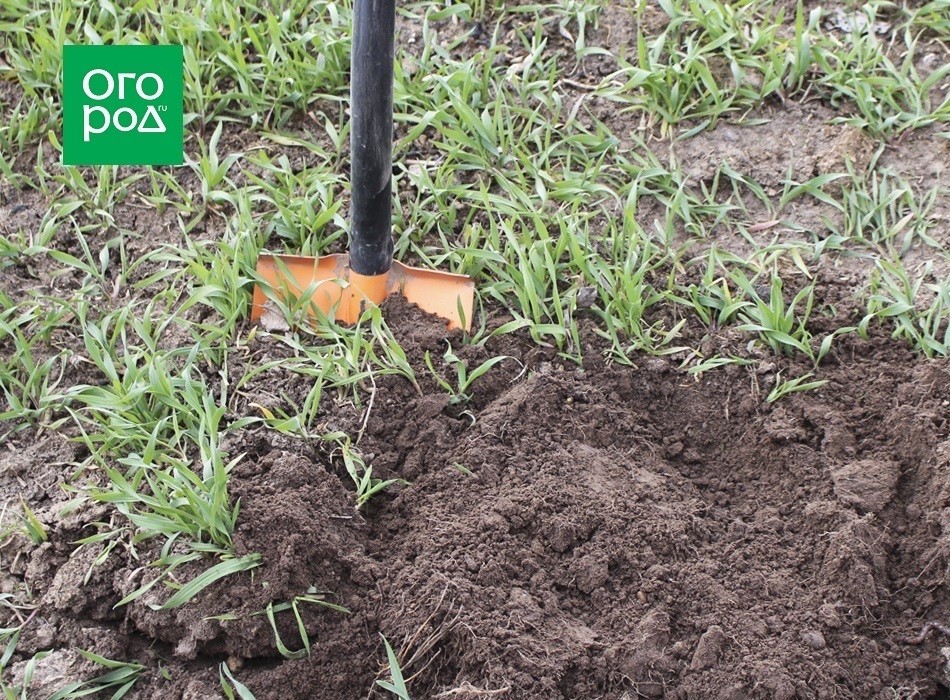Many tomato growers collect tomato seeds themselves. To do this, you just need to select the largest ripe fruits from productive and healthy bushes. However, there are tomato varieties whose fruits contain very few seeds or none at all. Such varieties are not easy to preserve, but it is quite possible.
All gardeners are familiar with parthenocarpic cucumbers, but not everyone knows about the existence of parthenocarpic tomatoes. Parthenocarpy is the ability of plants to set fruit without fertilization. Such plants produce seedless fruits or fruits with “empty”, unformed seeds without embryos.
Not long ago, Japanese scientists obtained hybrids of tomatoes that are completely seedless. Biologists managed to inactivate the IAA9 gene in tomatoes. This gene, by suppressing the synthesis of the phytohormone auxin, prevents the formation of the fruit without preliminary pollination. Similar developments exist in other countries, but parthenocarpic tomato hybrids have not yet been commercially available.
Auxins (phytohormones of indole nature) enhance the growth of stems and leaves, delay the fall of ovaries and cause parthenocarpy. In hot summers, the synthesis of auxins in the plant is much more intense, which stimulates the setting of fruits and can cause their hollowness.
However, not only auxins affect the growth and development of plants. Phytohormones gibberellins, which stimulate seed germination, stem growth and fruit formation, can also cause parthenocarpy in various crops. These hormones are included in such popular preparations as Bud, Ovary, which are used to increase the yield of tomatoes and other crops.
Seedless fruits can form on our plots as a result of treating tomatoes with growth regulators based on auxins and gibberellins.
There are currently many varieties of tomatoes with a small number of seeds: Banana, Yellow Rocket, Taiga, Medeo Golden Mountains, Valencia, Ashley, Canadian Heritage, Pink Tulip and others. Low-seeded varieties and hybrids are becoming increasingly popular, as they have dense pulp and are excellent for the production of ketchup, tomato paste and other preparations.
In fact, almost all fruits of these varieties contain seeds, but in small quantities. The fruits of the lower clusters may be seedless. But, as a rule, in the second half of the growing season, fruits are formed in which seeds are still found, albeit in minimal quantities. And if you want to collect seeds from such bushes, you will have to wait until all the fruits on the clusters are fully ripe.
But what if the seeds in the tomatoes never formed? There is only one thing left to do: propagate the plants vegetatively, that is, by cuttings. This way, you can save not only your favorite varieties of seedless tomatoes, but also any hybrids until the next season.
How to Properly Propagate Tomatoes
The planting material can be the stepsons and tops of healthy tomato bushes. To prepare cuttings, do not wait for the autumn cold, when the risk of developing various tomato diseases increases.
To do this, you will need a sharp knife treated with a disinfectant. Cut the cuttings so that they have 3-4 leaves and the height is at least 15 cm. Remove the lower leaves and buds so that all the strength of the cutting goes to the formation of roots.
The cut cuttings can be immediately planted in the soil, having treated the cuts with a root formation stimulator, or they can be placed in settled water and planted after 7-10 days, when roots have formed on them.
Where to plant tomato cuttings and how to care for them
The cuttings can be planted first in a common box or in glasses with a capacity of 300-500 ml, and then the bushes can be transplanted into more spacious containers. But you can also immediately prepare individual containers with a capacity of 5 liters or more, where the tomatoes can fully develop and even bear fruit.
The soil for planting cuttings should be light, nutritious and moisture-absorbing. You can buy ready-made universal bio-soil for seedlings or prepare it yourself by mixing peat, sand and biohumus (or mature compost) in equal parts.
Homemade soil requires mandatory disinfection.
During the first days after planting, do not place the containers with cuttings in direct sunlight – place them in a place with diffused light. And after a week, you can transfer the rooted tomatoes to a well-lit place and care for them as for all potted plants: water as needed and feed with complex organomineral fertilizer every two weeks.
Starting in October, tomatoes need additional lighting, providing the plants with a 15-hour daylight, otherwise they will not be able to fully develop, they will stretch out and grow weak. Regular incandescent lamps are not suitable for this purpose, since they do not contain the necessary spectrum of light for plants. It is better to use special phytolamps: LED, sodium, phytoluminescent, induction. For greater efficiency of the lamps, you can install a reflective foil screen.
With the onset of spring, tomatoes planted in the fall grow strongly. They need to be cut again to obtain new planting material by May.
Of course, you don’t have to bother with cutting tomatoes in the fall, but find the right variety in the spring and grow it from seeds. But if it’s a rare variety or hybrid, you can still try. After all, with good care, you can not only preserve the planting material until spring, but also get fruits of your favorite tomato varieties.










